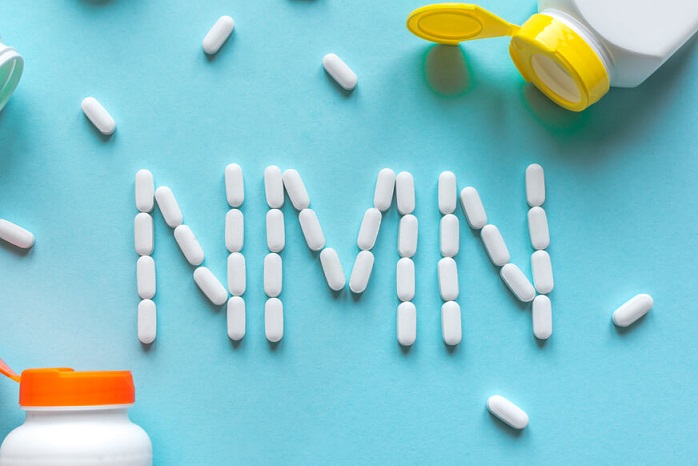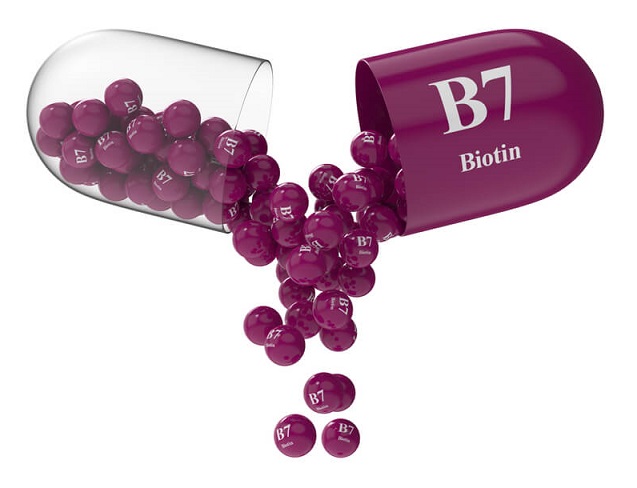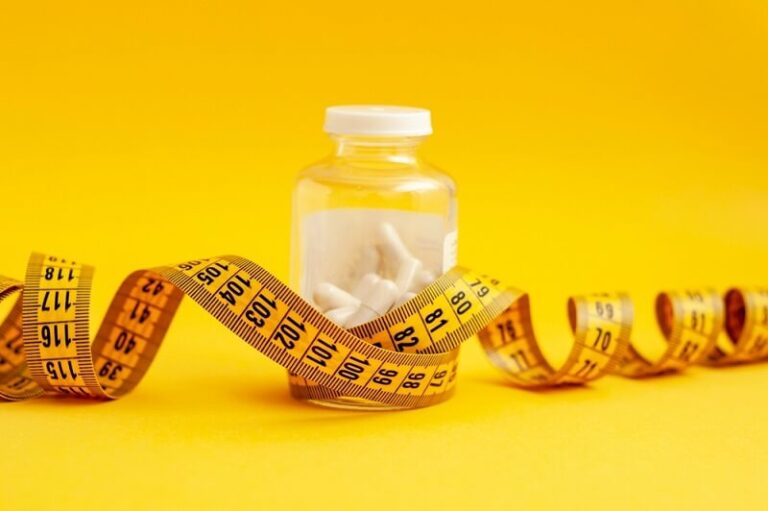What is tukesterone?
Turkesterone is a phytoecdysteroid with an 11-hydroxyl group . It is a synthetic version of the hormone 20-hydroxyecdysone found in insects.
It makes sense that it might likewise fuel growth and performance in humans as it is primarily responsible for growth in these species. It belongs to a group of substances known as ecdysterones, which have been around for a while but have just lately come to light again thanks to the level of performance and growth they have demonstrated in trials involving tiny sample sizes.
Ecdysteroids, such as turk and 20-hydroxyecdysone, are abundant in the Uzbek native plant turkestanica (20-HE). It has been used for its advantages in terms of heart protection, muscle strength, and muscle discomfort. (1)
is turkesterone a steroid?
It is not an anabolic steroid. rather, it is an ecdysteroid, which is a hormone found naturally in insects and plants. It is categorized as a natural supplement due to its natural extraction procedure rather than artificial composition.
Is Ecdysterone a hormone?
Ecdysteroids are a group of substances that share structural similarities with androgens. They are polyhydroxylated ketosteroids with a variety of tails. They have been extensively explored as plant and insect growth stimulants, and their name (ecdy-) comes from the insect moulting process known as ecdysis.
Popular ecdysteroids include “ecdysone,” “ecdysterone,” “turk,” and “20-hydroxyecdysone.” Ecdysteroids are a class of drugs. Although each ecdysteroid differs slightly in potency and effects, they all share the same basic features and are the most often investigated of the four. The most anabolic substance seems to be turk.
When taken orally, they have certain biological effects on mammals and have been described as behaving similarly to anabolic steroids putatively without the androgenic impact by some researchers. Because they are not androgenic, they have substantially higher safety profiles than anabolic steroids.
Difference Between Turkesterone and Ecdysterone?
Both are two substances that are frequently misunderstood. Even though they aren’t identical, they are comparable. It is a member of the ecdysteroids class of substances. These are all sister compounds, which are generated from many sources, such as plants and insects, but are chemically identical. Ecdysone, ecdysterone, turk, and 20-hydroxyecdysone are some of the names of these compounds.

Foods Rich In Ecdysterone
Beta-ecdysterone, the substance that makes anything active, can be present in various meals such as spinach, asparagus, mushrooms, and quinoa. The root extract of Cyanotis contains a particularly high concentration of pure beta-ecdysterone.
turkesterone benefits
- Equivalent effects to those of steroids minus the androgenic
- No post cycle therapy needed since it is not a steroid
- It helps you to grow muscle much quicker as it contains ecdysteroids
- Better fasting blood sugar levels are one of the many good health outcomes that are connected with increased insulin sensitivity.
- Increase muscle growth and decrease body fat
side effects of turkesterone
It provides many of the anabolic properties of steroids without being a steroid and without the negative androgenic side effects that come with them, which makes it desirable. It does not currently have any documented long- or short-term adverse effects.
The major critics normally don’t claim that the drug is harmful; instead, they point to the fact that limited human studies have been conducted as a result of the drug’s recent surge in popularity. However, this is rather typical for the majority of recently released supplements. You can only gather additional information by thoroughly evaluating items, and there is a wealth of individual and anecdotal evidence that points to positive outcomes.
Turkesterone vs SARMs
It is a natural substance however SARMs are synthetic compounds. SARMs bind to the androgen receptor, whereas tamesterone does not. Turk users experience no severe adverse effects, in contrast to SARMs, which are known to cause: significant changes in HDL (high-density lipoprotein), liver damage, and decreased levels of endogenous testosterone. SARMs should be harmless in theory because of their tissue selectivity, but in fact they have been demonstrated to mimic or even exceed the toxicity of several anabolic steroids.
Featured On Media:






